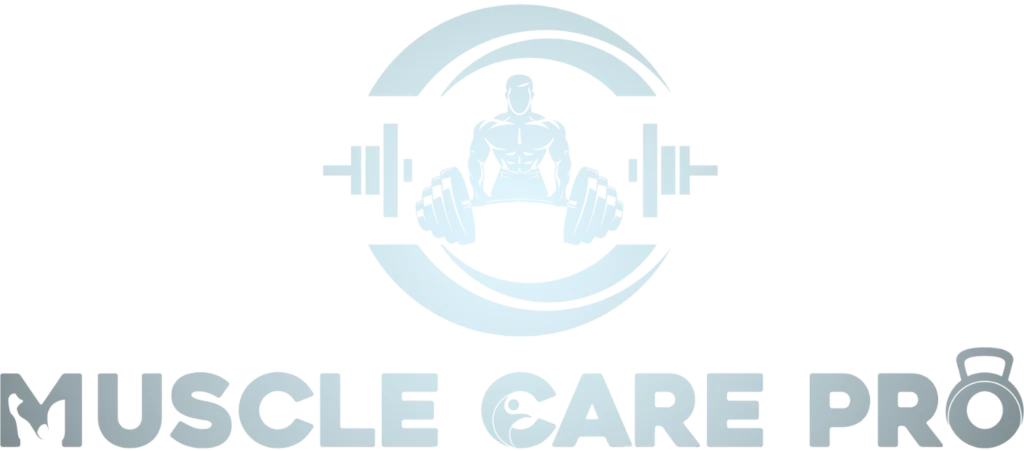How to Put on Muscle After 40: A Guide to Staying Strong and Healthy
They say age is just a number. For many of us, however, hitting our 40s means shifting some paradigms, perhaps especially in fitness.
We start to see some changes – a little less energy than we used to have, more annoying aches, and the time it takes to fully recover stretches out. Increasing muscle mass is one thing that has become a little more difficult. But that’s not to say it’s impossible!
Building muscle is one of the best things you can do for your body if you want to remain active and healthy even past 40. Even if the beginning is hard, and the results may be modest at first, with the right gear, tools, and determination, you can achieve a remarkable improvement in your health.
Now, let’s talk about some practical recommendations for this goal in more detail.
1. Acknowledge the Changes in Your Body
To begin with, remember that your body at 40 is different than it was at 20 or 30. Hormonal changes, especially declining testosterone levels in men and diminishing estrogen in women, can affect muscle mass.
You may also start to feel that food isn’t as easily managed as before – you may eat less without trying, yet stubborn fat doesn’t seem to drop any time soon. Additionally, recovery times are likely to increase.
In this light, rather than perceiving these changes as problems, try to see them as circumstances that require a bit of a strategy shift. Yes, you can build muscle, but it’s important to learn how to do it efficiently rather than through sheer effort.
2. Set Realistic and Specific Goals
Before jumping into the gym or starting a workout plan, think about what you want to achieve. Do you want to build muscle all over, or are there specific areas you want to focus on, like your arms or legs? Setting clear, achievable goals will help you stay motivated.
Also, understand that gaining muscle might be a bit slower than it was in your younger years. Aim to make consistent progress rather than expecting immediate transformations. Small gains add up over time, so be patient with yourself.
3. Focus on Strength Training
Strength training is your best friend when it comes to building muscle. Lifting weights helps stimulate muscle growth by creating tiny tears in the muscle fibers, which then repair and grow stronger. But it’s not just about how much weight you can lift. Here’s what you should focus on:
- Start Light and Gradually Increase: Begin with lighter weights and focus on form. As you become more comfortable, gradually increase the weight. Don’t rush — the key is to avoid injuries and build a strong foundation.
- Use Compound Movements: Exercises like squats, deadlifts, bench presses, and rows work multiple muscle groups at once. They help you build muscle efficiently.
- Incorporate Isolation Exercises: These target specific muscles, like bicep curls or tricep extensions. Use them to refine and strengthen smaller muscle groups.
- Lift Consistently: Aim for at least three days a week of resistance training. This frequency gives your body enough time to recover while ensuring consistent stimulation for muscle growth.
4. Prioritize Recovery and Rest
One of the most important aspects of building muscle after 40 is giving your body ample time to recover. Rest becomes even more crucial as you age because your muscles need more time to repair and grow.
- Get Enough Sleep: Aim for 7-8 hours of sleep each night. Sleep is when your body repairs and builds new muscle tissue.
- Take Rest Days Seriously: Make sure to have at least one or two rest days each week to allow your muscles to heal. You can use these days for light stretching or yoga to keep your body flexible.
5. Mind Your Diet: Fuel Your Body Right
Nutrition plays a huge role in muscle building. After 40, your body might not process food as efficiently as it once did. This makes it even more important to choose the right foods.
- Protein is Key: Make sure you’re eating enough protein; it’s the building block of muscle. Aim for 0.8 to 1 gram of protein per pound of body weight. Good sources include lean meats, fish, eggs, dairy, and plant-based options like beans and lentils.
- Don’t Skip Carbs and Fats: Carbs provide energy for your workouts, and healthy fats are essential for hormone production. Include whole grains, fruits, and healthy fats like avocados and nuts in your diet.
- Stay Hydrated: Water helps transport nutrients to your muscles. Drink plenty of water throughout the day, especially before and after workouts.
6. Stay Consistent and Adaptable
One of the biggest mistakes people make is expecting quick results. Building muscle takes time, especially as you age. Stay consistent with your workouts and nutrition, and be adaptable.
If a certain exercise doesn’t feel right, don’t hesitate to modify it. Listen to your body and adjust as needed. For example, if your knees hurt during squats, try seated leg presses or wall sits instead.
7. Keep a Positive Mindset
Finally, one of the most powerful tools in your arsenal is your mindset. Stay positive and focused on the long-term benefits of building muscle. Every workout, every healthy meal, and every good night’s sleep is a step closer to your goal.
Remember, it’s never too late to start. Embrace this journey as a chance to become stronger, healthier, and more confident than ever before.
Final Thoughts
Putting on muscle after 40 isn’t just about looking good — it’s about feeling strong, improving your overall health, and staying active as you age. With the right approach, consistency, and patience, you can achieve your fitness goals. Start today, and enjoy the process of becoming your best self at any age.











